The segment I will be editing is about Deddie Steinberg, zooplankton expert. In her interviews she talks about two primary subjects: personal stories, and the professional work she conducts on the ship. I will be using both subjects to communicate to the audience an accurate portrayal of her time on this cruise and the voyages before.
My scene starts with Steinberg talking about her work: predominantly the diurnal migration of zooaplankton. She continue to describe the method of collecting samples of zooaplankton at different depths of sea level at different times of day to gauge their locations. The tool she uses is a complex 8 chambered net. This contraption is lowered into the sea and floats behind the ship. A water pressure gauge triggers the different nets to open and collect samples of zooplankton. In this cut, she will describe this possess and explain why this research is important.
The second segment will explore the social aspect of Steinberd’s life. Her research keeps her at sea for several weeks out of the year. This impacts her family life by preventing her from seeing them. A connection between her and her ship mates is formed and becomes her community for the time spent in the antarctic. The conversation of the community on the ship will transition to the dangers of sea life in this location. She will account accidents that have ended in death and mutilation in a location where help is several days away with clear whether.
This cut will end with Steinberg talking about her reasons for continuing her research. Her discussions of the family life and dangers aboard the ship will illustrate the personal disadvantages and risks of her job; however, she will also express the importance of her work by stating the personal and global significance of her work.


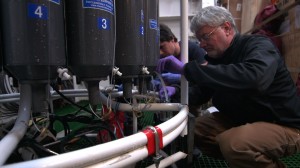

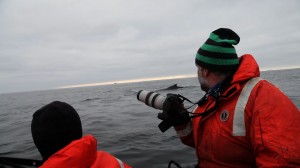
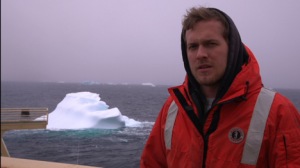

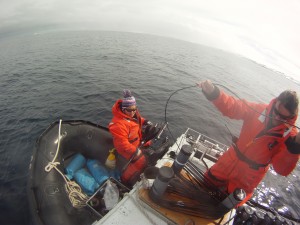
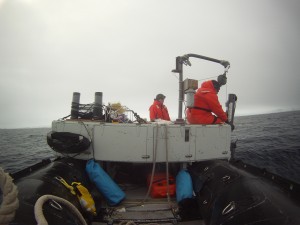
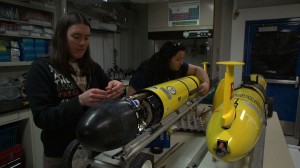
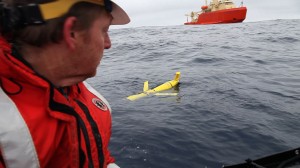
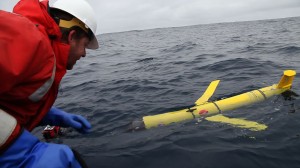
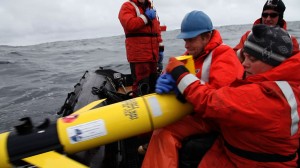
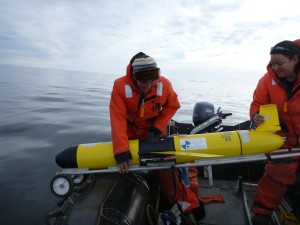
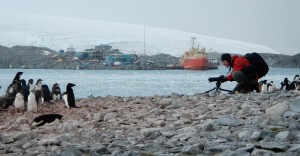
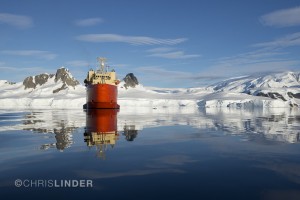
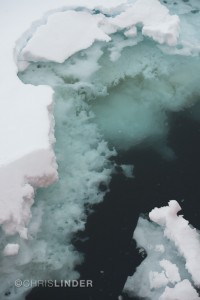
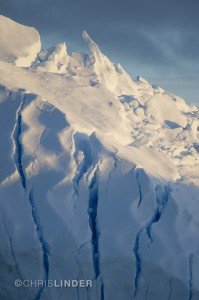
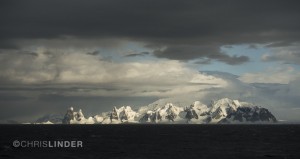
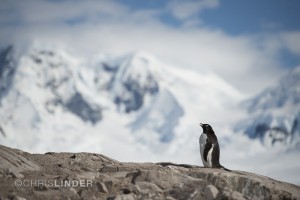
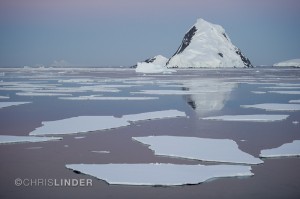

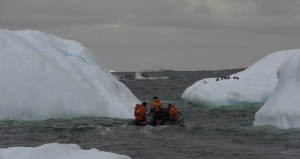

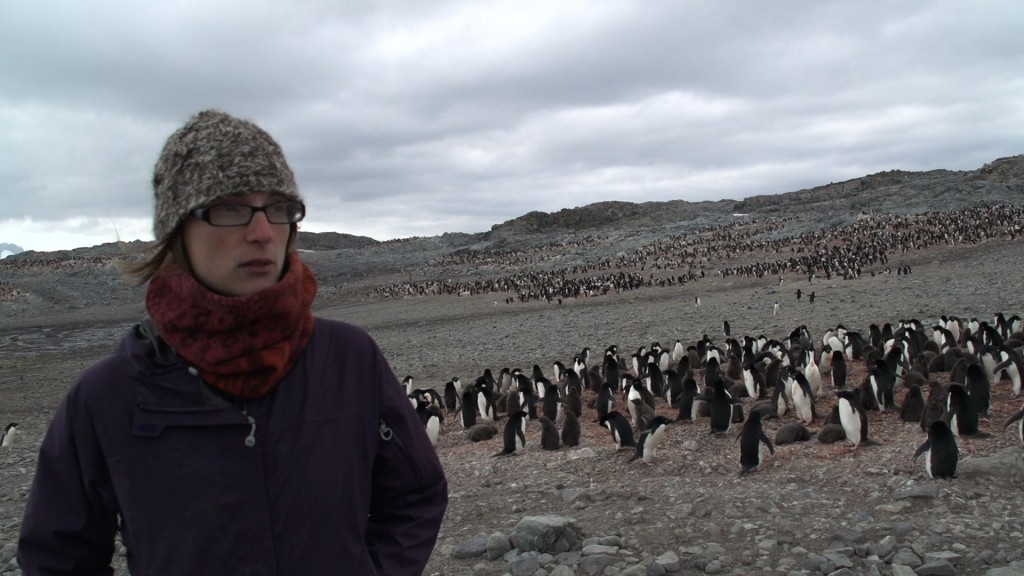
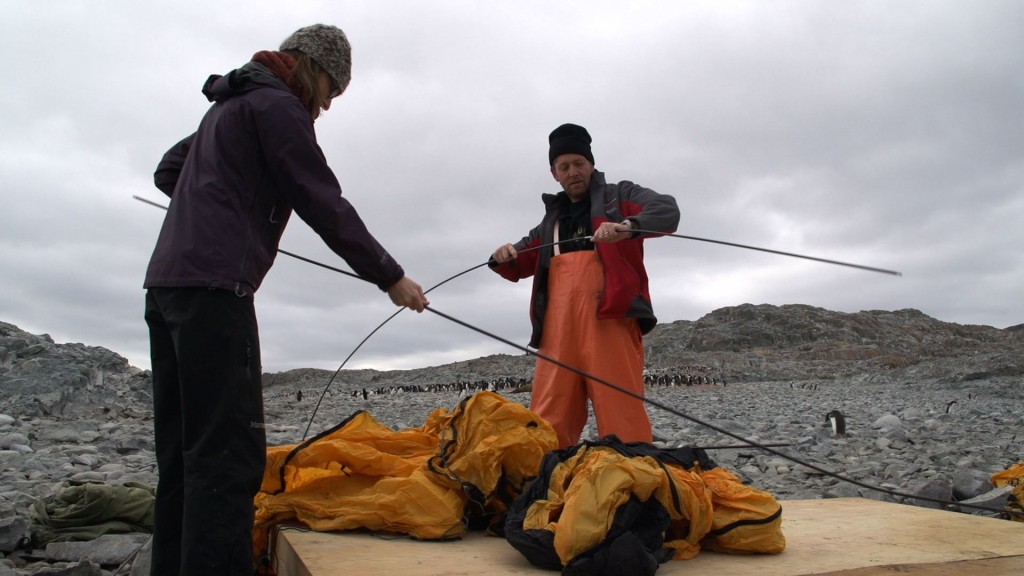


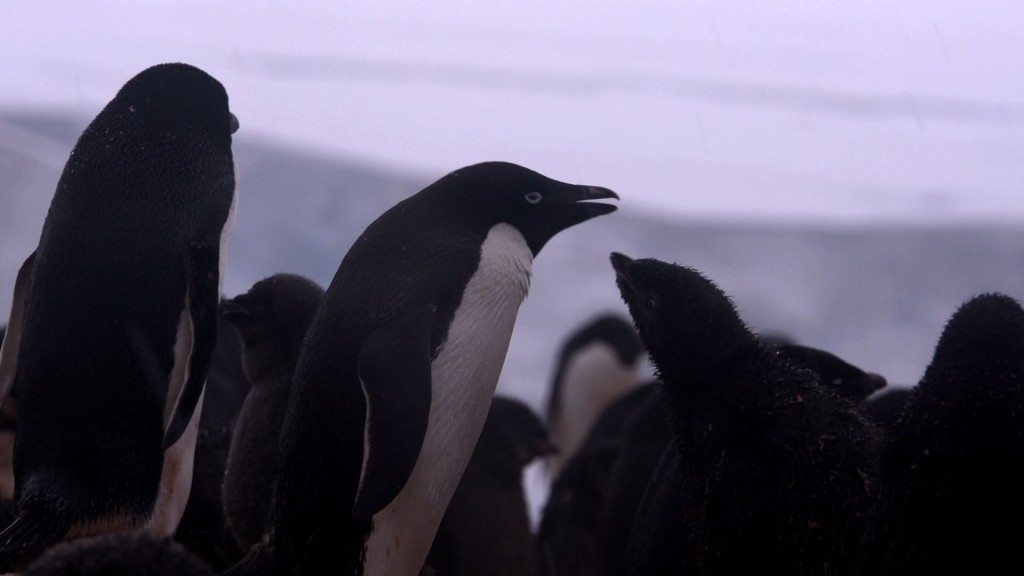
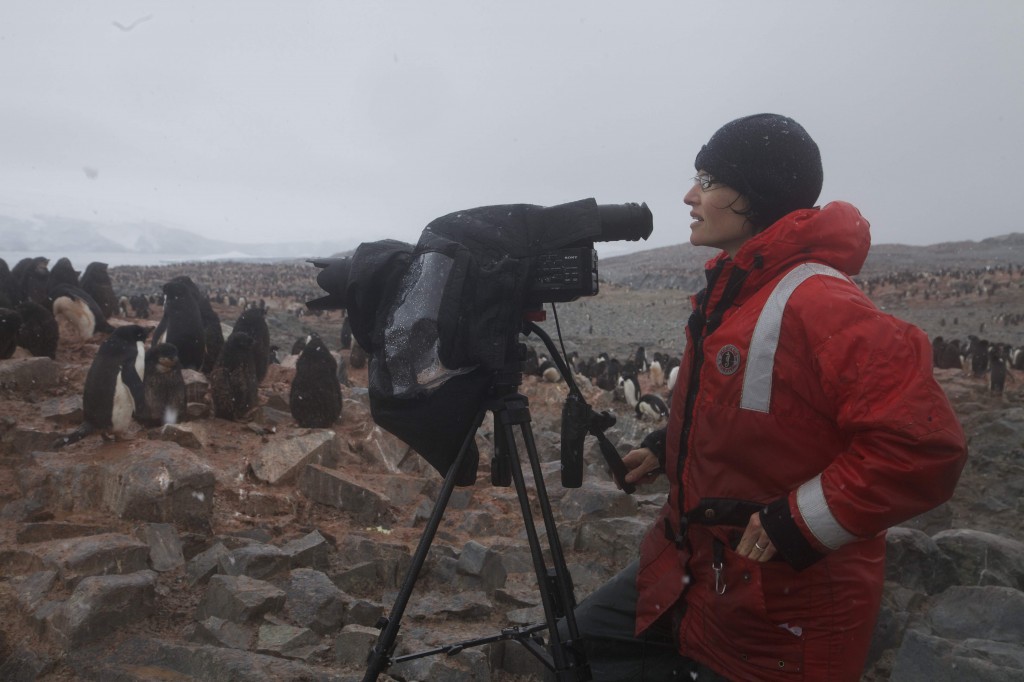



 Follow the
Follow the  Subscribe to the blog RSS feed
Subscribe to the blog RSS feed